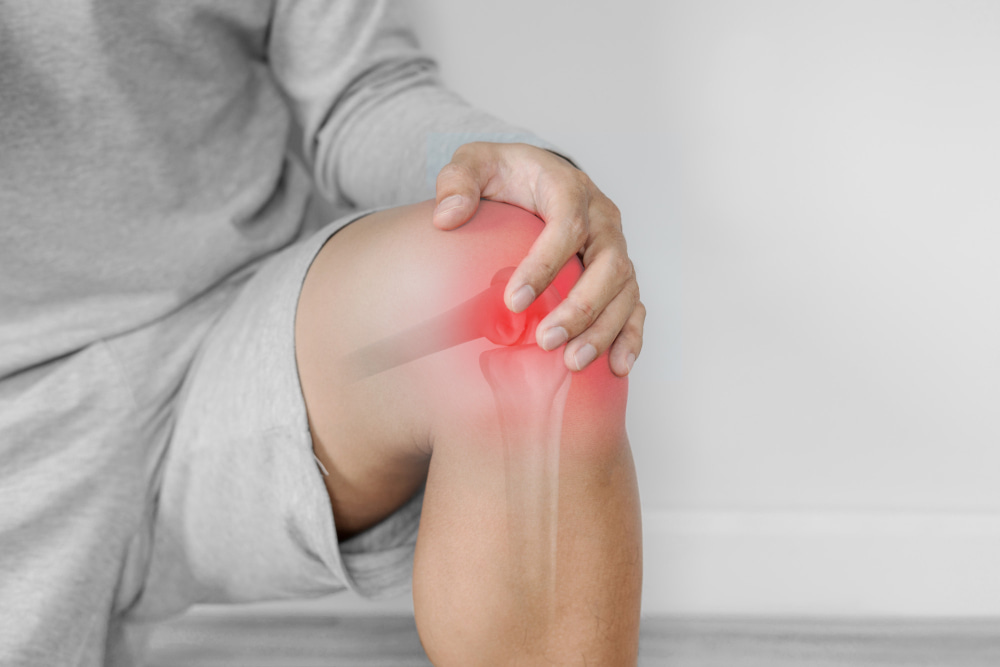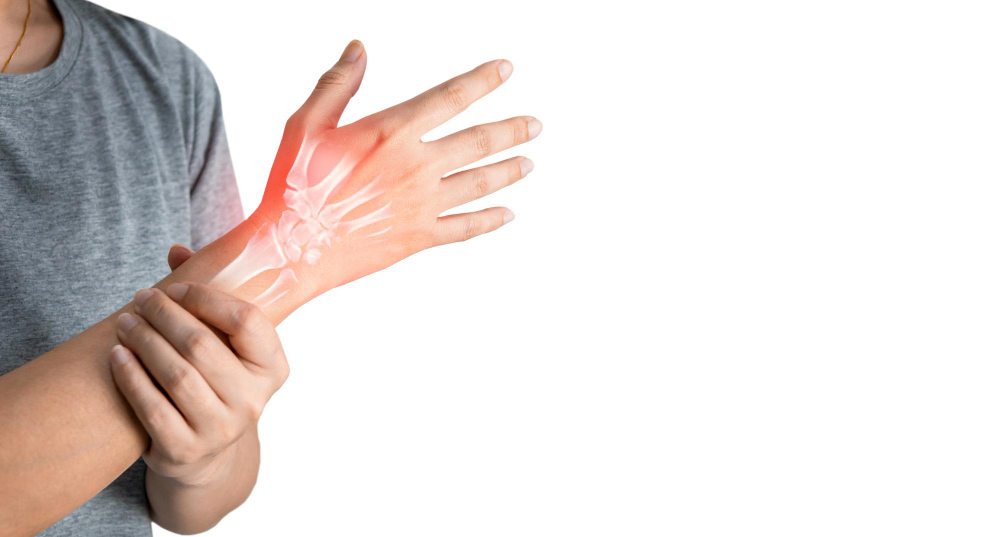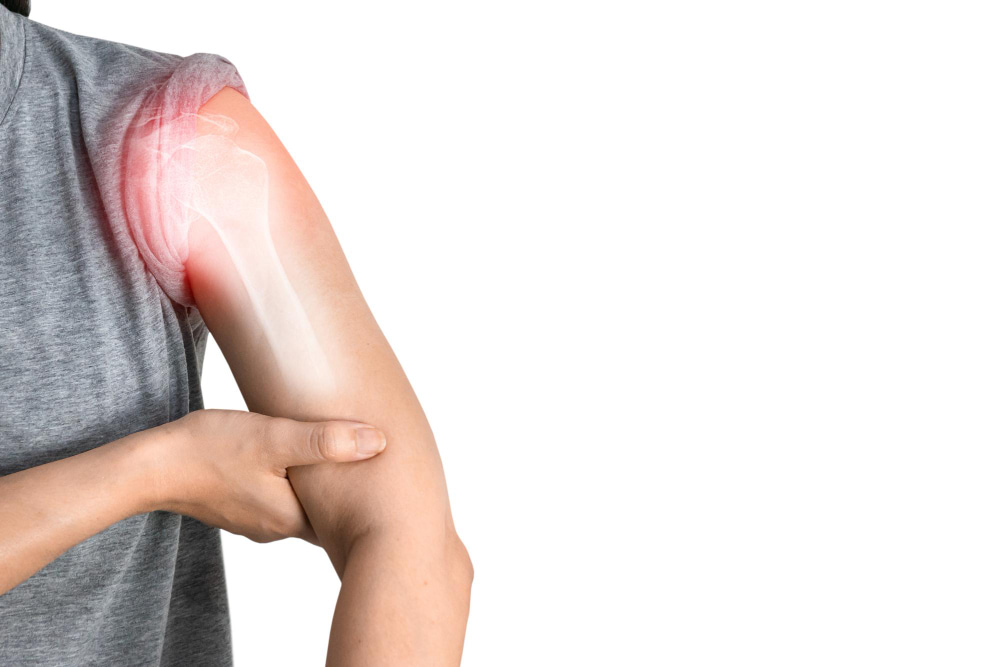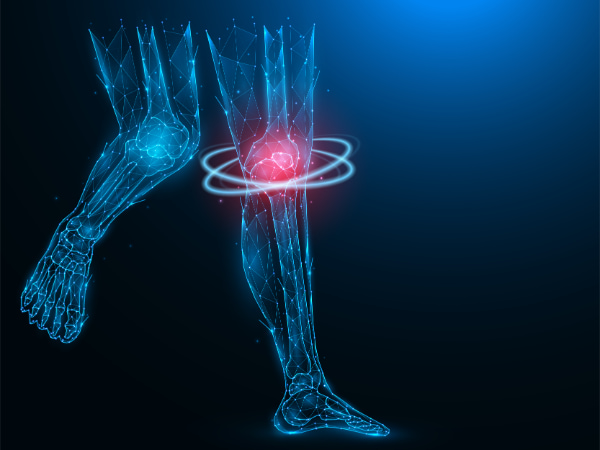Bone Disease Treatments
MD. Burak Sercan Erçin
Osteomalacia in adults that softens bones, Rickets in children, Osteoporosis, and parathyroid diseases that disrupt calcium balance are bone diseases that endocrinologists diagnose and treat.

Osteomalacia in adults that softens bones, Rickets in children, osteoporosis, and parathyroid diseases that disrupt calcium balance are bone diseases that endocrinologists diagnose and treat.
What Are The Major Bone Diseases?
Bone diseases are a group of conditions that affect the structure and strength of bones, leading to an increased risk of fractures and a reduced quality of life. There are several major bone diseases, including: Osteoporosis, Paget’s Disease, Fractures with Nonunion and False Bone Union, and Brittle Bone Disease.
-
Osteoporosis
Osteoporosis is a common condition marked by a decrease in bone density, which increases the risk of fracture (bone breaking). This disease can occur in both men and women, but it is most often found in women who have gone through menopause. The primary cause of osteoporosis is a lack of calcium and other minerals that help maintain bone strength and density.
Age is the most important risk factor for developing osteoporosis, but other factors such as a family history of the disease, a sedentary lifestyle, smoking, and a low calcium intake can also play a role.
Symptoms of osteoporosis may not be noticeable until a fracture occurs, so regular bone density scans and early detection are important for reducing the risk of fractures. Treatment options include medication to slow the progression of the disease and lifestyle changes to improve bone health.
-
Paget’s Disease
Paget’s disease is a condition that affects the growth and remodeling of bones. Fracture risk increases as a result of the bones becoming weak and deformed. This disease is more common in people over the age of 50 and is more prevalent in people of Northern European descent.
Symptoms of Paget’s disease can include bone pain, joint pain, and deformities. The exact cause of the disease is unknown, but it is thought to be the result of a genetic predisposition and environmental factors.
Paget’s disease can be treated with medicines that stop the disease from getting worse, physical therapy to make it easier to move around, and surgery to fix any deformities or broken bones that the disease has caused.
-
Fracture With Nonunion & False Bone Union
Nonunion and false bone union fractures occur when a broken bone does not heal properly. Nonunion is when the bones don’t heal and stay apart. False bone union is when the bones heal the wrong way, which makes the joint weaker. Both of these conditions can cause pain, weakness, and a decrease in mobility.
Reconstructive Surgery to realign the bones, medications to improve bone healing, and physiotherapy to improve mobility can all be utilized to treat fractures with nonunion and false bone union.
In some cases, a bone transplant may be necessary to correct the nonunion or false union. The surgery’s treatment goal is to improve the function of the affected joint while lowering the risk of future fractures.
Brittle Bone Disease
Brittle bone disease, also known as osteogenesis imperfecta, is a genetic condition that causes bones to break easily. This disease is caused by a genetic mutation that affects the structure of collagen, a protein that provides strength and support to bones.
People with brittle bone disease are at a higher risk of fractures, even with minor injuries or everyday activities.
Brittle bone disease has no cure, but there are several bone treatments available to help reduce the impact of the condition and reduce the risk of fractures.
Patients with brittle bone disease should take extra precautions to avoid falls and other activities that may cause fractures. Support groups and counseling can also be helpful for individuals living with the condition.
What Are The First Signs Of Bone Disease?
As we mentioned before, “bone disease” is a broad term that encompasses a range of conditions that affect the structure and strength of the bones in our body. These conditions can range from minor issues to serious, debilitating diseases.
It is important to understand the early warning signs of bone disease so that you can seek medical treatment as soon as possible. Some of the most common early signs of bone disease include:
Pain: Bone pain is a common symptom of many bone diseases, including osteoporosis, fractures, and arthritis. The pain may be constant or intermittent, localized to a specific area, or spread throughout the body.
Decreased mobility: Bone disease can cause weakness, stiffness, and decreased mobility in the affected area. If you experience difficulties performing everyday tasks, such as getting up from a chair or climbing stairs, it may be a sign of bone disease.
Stooped posture: Some bone diseases, such as osteoporosis, can cause the spine to become weakened, leading to a stooped posture. This can cause a humped appearance in the upper back and neck, as well as an increased risk of falls and fractures.
Fractures: Fractures are a common sign of bone disease, particularly in people with osteoporosis. These fractures may occur with little or no trauma, such as from a fall from a standing height or from a simple twist or bump.
Decreased height: Bone disease, such as osteoporosis, can lead to the compression of the vertebral bodies, causing a decrease in height. This may happen gradually over time, so it is important to monitor your height regularly.
Can Bone Disease Be Cured?
The treatment and outcome of bone disease depend on the type and severity of the condition. Some bone diseases, such as osteoporosis and osteomalacia, can be managed with lifestyle changes, medication, and other treatments to prevent further bone loss and reduce the risk of fractures. However, there is no cure for these conditions, and they can only be managed to slow down their progression.
Other bone diseases, such as Paget’s disease and osteogenesis imperfecta, may be treated with medications, surgery, and other treatments to relieve symptoms and improve quality of life. In some cases, bone disease can be cured if it is caught early and treated effectively. However, this is not always the case, and some bone diseases may progress despite treatment.
Bone Disease Treatment in Turkey.
Fortunately, there are many effective treatment options in Turkey available to help manage and improve the symptoms of bone disease. In Turkey, there are several leading hospitals and clinics that specialize in the diagnosis and treatment of bone diseases, offering state-of-the-art equipment, skilled medical teams, and cutting-edge treatments.
It is important to choose a reputable and experienced provider of bone disease treatment in Turkey, as the success and outcome of treatment can greatly depend on the quality and expertise of the medical team. Patients should research and compare different hospitals and clinics, read patient reviews, and check for certifications and accreditations before making a decision. With the right treatment and care, it is possible to manage and improve the symptoms of bone disease and enjoy a higher quality of life.
Dr. Burak Sercan offers the most comprehensive bone treatment plan, as per the highest medical standards and the latest medical technologies.
How Do You Treat Bone Disease Naturally (At Home)?
To treat bone disease naturally at home, you usually have to make changes to your lifestyle and add certain things to your daily routine. Here are some steps you can take to support the health of your bones:
Exercise regularly: Engaging in weight-bearing exercises, such as walking, running, and strength training, can help to strengthen bones and improve their density.
Get enough calcium and Vitamin D: Calcium is essential for maintaining healthy bones, and Vitamin D helps your body absorb calcium. Good sources of calcium include dairy products, leafy green vegetables, and nuts, while Vitamin D can be obtained through exposure to sunlight and from food sources like fatty fish, mushrooms, and eggs.
Avoid smoking and excessive alcohol consumption: Both smoking and excessive alcohol consumption can weaken bones and increase the risk of bone disease.
Maintain a healthy diet: A diet that is rich in fruits, vegetables, and whole grains can provide your body with the nutrients it needs to support bone health.
Get enough rest: Getting adequate rest and managing stress levels can help improve overall physical and mental health, including bone health.
Contact Us Now

Bone Diseases FAQ
What is the main cause of bone disease?
Bone diseases can be caused by a variety of factors, including genetics, lifestyle factors such as a lack of physical activity and a poor diet, hormonal imbalances, and certain medical conditions. It is also possible for bone diseases to develop as a result of normal aging processes.
What are two important bone diseases?
Two important bone diseases are osteoporosis and osteomalacia. Osteoporosis is a condition in which the bones become fragile and prone to breaking. Osteomalacia, on the other hand, is a condition in which the bones become weak and painful due to a lack of vitamin D and calcium.
What are the biggest influences on bone health?
Bone health can be affected by a number of factors, such as genetics, lifestyle choices like exercise and diet, hormonal imbalances, and certain medical conditions.










